Material Versatility
The Powder Bed Fusion Process 3D Printer Market benefits from the versatility of materials that can be utilized in the printing process. This includes a wide range of metals, polymers, and ceramics, which enables manufacturers to cater to diverse applications. The ability to print with multiple materials in a single build enhances the functionality and performance of the final products. As industries increasingly adopt additive manufacturing, the demand for advanced materials is expected to rise. Reports indicate that the market for metal powders alone is anticipated to grow significantly, reflecting the increasing interest in high-performance applications. This material versatility is a crucial driver for the Powder Bed Fusion Process 3D Printer Market, as it allows for innovation and customization in product design.
Cost Efficiency in Production
Cost efficiency is a pivotal driver for the Powder Bed Fusion Process 3D Printer Market, as businesses seek to optimize their manufacturing processes. The ability to produce complex parts with minimal waste significantly reduces material costs and labor expenses. Furthermore, the reduction in lead times associated with additive manufacturing contributes to overall cost savings. Recent analyses suggest that companies adopting Powder Bed Fusion technologies can achieve up to 30% lower production costs compared to traditional methods. This financial incentive is compelling for manufacturers looking to enhance their competitive edge. As a result, the Powder Bed Fusion Process 3D Printer Market is likely to see increased adoption as organizations strive for more economical production solutions.
Integration with Industry 4.0
The integration of Powder Bed Fusion Process 3D Printer Market with Industry 4.0 technologies is transforming manufacturing landscapes. The incorporation of IoT, AI, and data analytics into additive manufacturing processes enhances operational efficiency and product quality. This synergy allows for real-time monitoring and optimization of production workflows, leading to reduced downtime and improved output. As manufacturers increasingly embrace smart factories, the demand for advanced 3D printing technologies is expected to rise. Reports indicate that the market for smart manufacturing solutions is on an upward trajectory, which bodes well for the Powder Bed Fusion Process 3D Printer Market. This integration not only streamlines operations but also fosters innovation, making it a key driver for future growth.
Increased Demand for Prototyping
The Powder Bed Fusion Process 3D Printer Market is experiencing a surge in demand for rapid prototyping across various sectors, including automotive, aerospace, and healthcare. This demand is driven by the need for faster product development cycles and the ability to create complex geometries that traditional manufacturing methods cannot achieve. According to recent data, the prototyping segment is projected to account for a substantial share of the market, as companies seek to reduce time-to-market and enhance innovation. The ability to produce functional prototypes with high accuracy and detail is a key factor contributing to the growth of the Powder Bed Fusion Process 3D Printer Market, as it allows businesses to test and iterate designs more efficiently.
Growing Adoption in Aerospace and Defense
The aerospace and defense sectors are increasingly recognizing the advantages of the Powder Bed Fusion Process 3D Printer Market. The ability to produce lightweight, high-strength components is particularly appealing in these industries, where performance and reliability are paramount. The adoption of additive manufacturing technologies is projected to grow, with estimates indicating that the aerospace sector alone could see a market expansion of over 20% in the coming years. This growth is driven by the need for innovative solutions that meet stringent regulatory requirements while also reducing weight and improving fuel efficiency. The Powder Bed Fusion Process 3D Printer Market is thus positioned to play a critical role in the future of aerospace manufacturing.

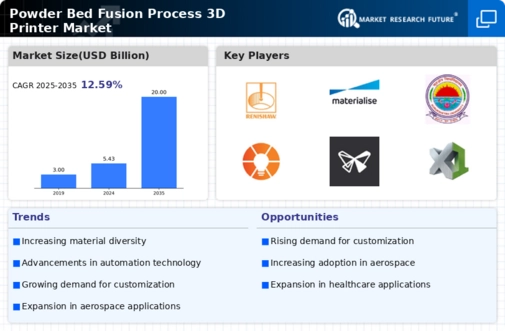


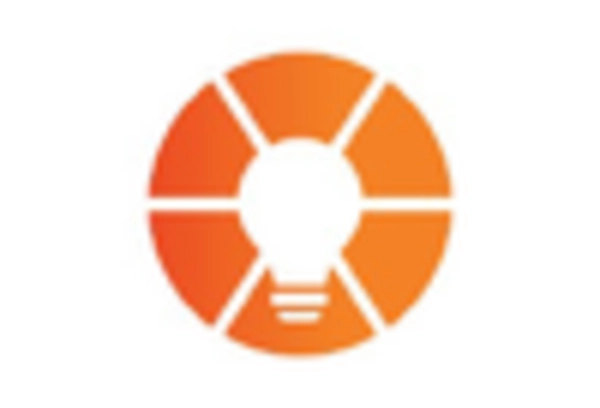
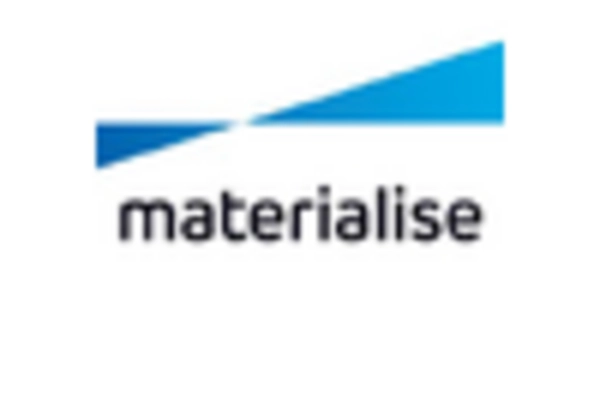
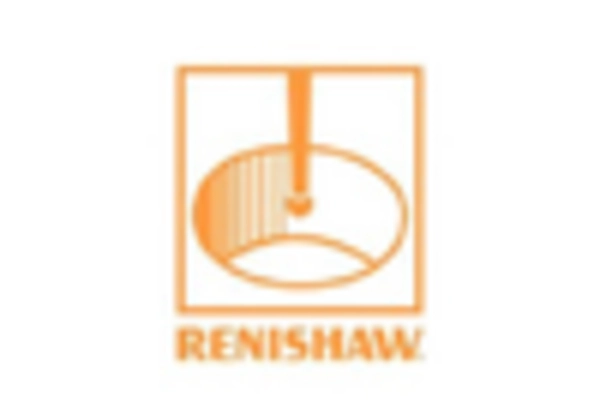
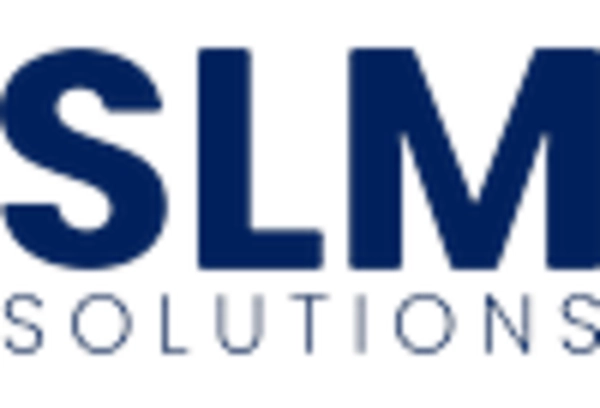
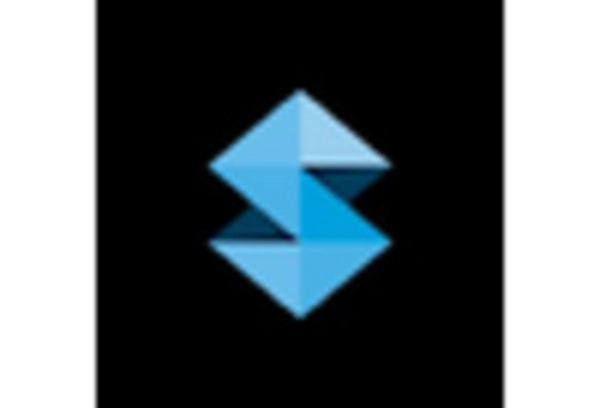








Leave a Comment